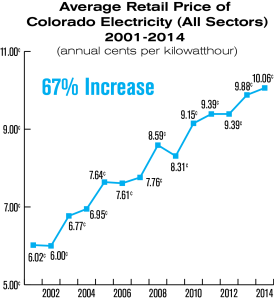levelized value of energy LCOE, or Levelized cost of electricity,mid-day a life of the typical internet gift cost of electricity generation for a generating plant over its life. It’s used for investment designing associate degreed to match totally different ways of electricity generation on an even basis. money life and duty cycle”, and is calculated because the Reliant Energy Rates between all the discounted costs over the lifetime of an electricity generating plant divided by a reduced total of the particular energy amounts delivered. Inputs to LCOE are chosen by the estimator. They’ll embrace the value of capital, decommissioning, fuel costs, mounted and variable operations and maintenance costs, funding costs, and an assumed utilization rate.
Issues in energy levelization:
There are potential limits to some Levelized cost of electricity metrics for examination energy generating sources. One of the foremost vital potential limitations of LCOE is that it should not manage time effects related to matching electricity production to demand. this may happen at 2 levels:

Dispatchability, the flexibility of a generating system to come back online, go offline, or increase or down, quickly as demand swings.
The extent to that the provision profile matches or conflicts with the market demand profile.
In particular, if matching grid energy storage isn’t enclosed in models for variable renewable energy sources like star and wind that are otherwise not dispatchable, they will turn out electricity once it’s not required within the grid while not storage. The worth of this electricity is also not up to if it had been made at another time, or perhaps negative. At a similar time, intermittent sources can be competitive if they’re obtainable to supply once demand {and prices|and values} are highest, love stars throughout season mid-day peaks seen in hot countries wherever air-con may be a major consumer. Some dispatchable technologies, such as most coal power plants, are incapable of quick ramping. Excess generation when not required could force curtailments, therefore reducing the revenue of an energy provider.
- Capability issue
The assumption of the capacity factor has an important impact on the calculation of LCOE because it determines the particular quantity of energy made by a specific power. Formulas that output cost per unit of energy $/MWh already account for the capability factor, whereas formulas that output value per unit of power $/MW does not.
- Discount rate
value of capital expressed because the discount rate is one in every of the foremost controversial inputs into the LCOE equation. After all, it considerably impacts the result and a variety of comparisons assume absolute discount rate values with very little transparency of why a specific value was selected. Comparisons that assume public funding, subsidies and social cost of capital see below tend to decide on low discount rates 3%, while comparisons ready by personal investment banks tend to assume high discount rates 7-15% related to business for-profit funding.
The variations in outcomes for various assumed discount rates are dramatic — for example, the NEA LCOE calculation for residential PV at a 3% discount rate produces $150/MWh, whereas at 10% it produces $250/MWh. The LCOE estimate ready by Lazard 2020 for atomic power supported some methodology made $164/MWh, while LCOE calculated by the capitalist for associate degree actual Olkiluoto atomic power Plant in Finland came dead set be below thirty EUR/MWh.
